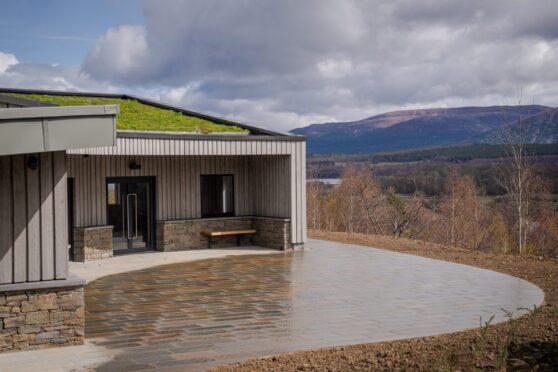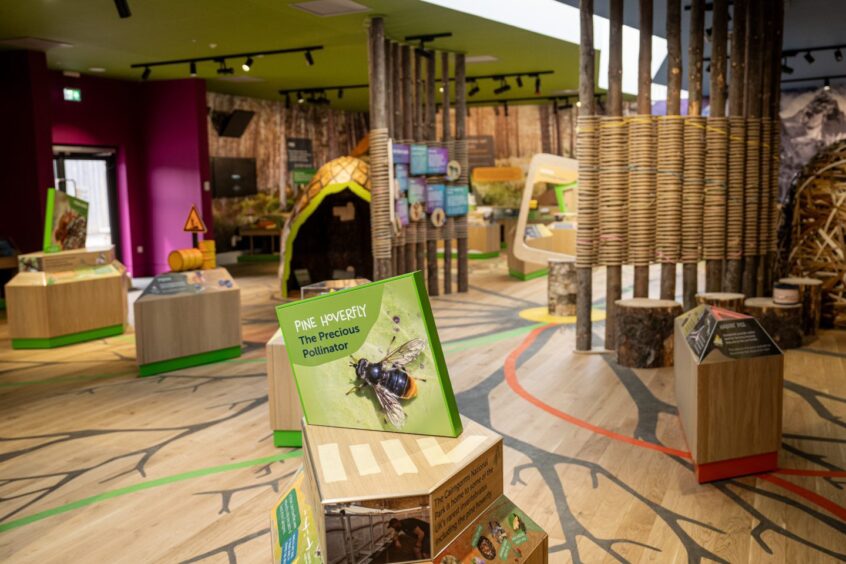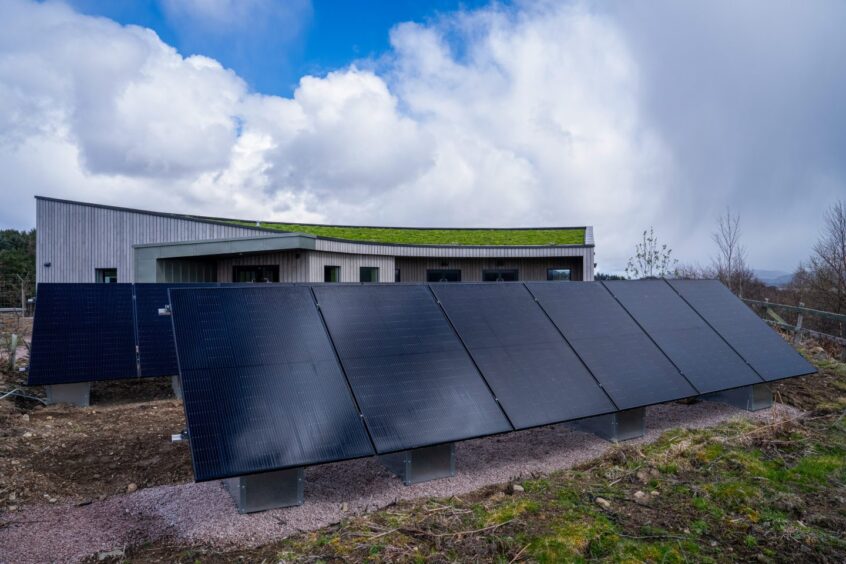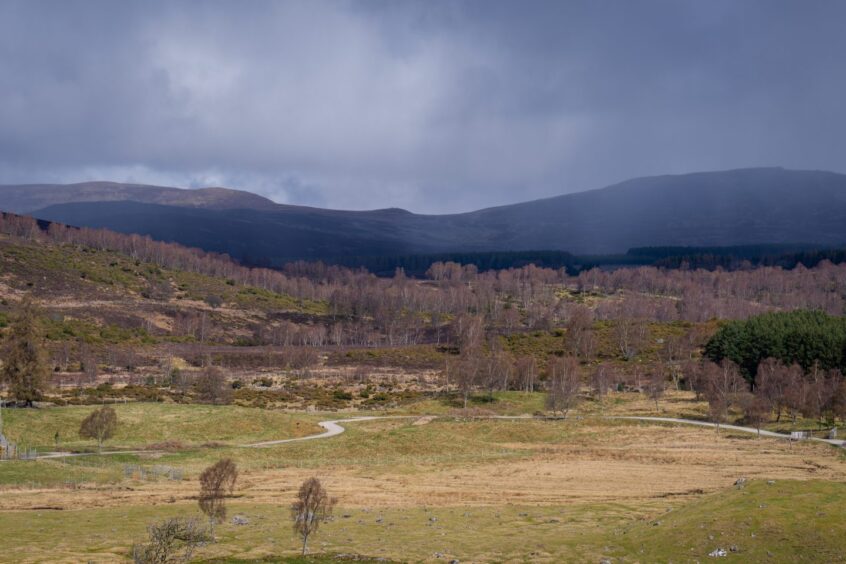Scotland’s Wildlife Discovery Centre provides a fun, interactive learning space for all the family, helping inspire more people to protect, value and love nature.
-
Some Press and Journal online content is funded by outside parties. The revenue from this helps to sustain our independent news gathering. You will always know if you are reading paid-for material as it will be clearly labelled as “Partnership” on the site and on social media channels.
This can take two different forms.
“Presented by”
This means the content has been paid for and produced by the named advertiser.
“In partnership with”
This means the content has been paid for and approved by the named advertiser but written and edited by our own commercial content team.
Visitors are in for new, exciting and transformative experiences at Highland Wildlife Park starting this month when it opens Scotland’s Wildlife Discovery Centre.
The project took six years to complete at a cost of more than £6.5 million.
The Discovery Centre comprises of three separate buildings or ‘hubs’ constructed with timber and other materials that are designed to meld with the surrounding landscape of the park.
The names of the three newly built buildings are all based on nature in Scots Gaelic, highlighting local conservation efforts.
Beccy Angus, head of discovery and learning, says: “Scotland’s Wildlife Discovery Centre covers all our engagement work, from formal learning with schools to informal community-based projects, as well as key parts of the visitor experience.
“These new venues give us the opportunity to work with communities, remove barriers to access and learning and improve inclusion.”
3 hubs of Scotland’s Wildlife Discovery Centre
1. Gateway to nature
The hub, located at the heart of the grounds as an extension to the visitor centre and café, is called An Doras or Gateway.
Made of recycled materials, the plastic-free main exhibition space is based on the idea of openings in nature like a forest clearing.
It is designed to immerse visitors in the non-linear space and encourage them to explore as if they were in a woodland.
Here, there is a focus on different types of habitats, the various wildlife that live within them and the close connection that humans have with them.
Through the exhibits, visitors can learn about the threats these places and creatures face as well as the stories of hope to protect and preserve them for years to come.
2. Hive of activity and collaboration
Behind the park’s woodland walkabout section is the Learning Hive or A’Chaonnag. It is expected to be a hub of activity, learning and collaboration.
With stunning views overlooking Insh Marshes, it features a spacious function room equipped with audio-visual technology to help tell the story of the local wildlife.
It’s a flexible space that is meant to support the Royal Zoological Society of Scotland’s activity programme, allowing visitors to engage with nature.
It can accommodate even visitors with physical or learning difficulties. This makes it ideal as an extended classroom for on-site geography and biology lessons.
3. Hub for nature recovery
The Conservation Den or An Saobhaidh (i.e. a fox’s den) sits on another hill looking out across Strathspey. Visitors can enjoy the panoramic views from this airy and open space.
It is also a great vantage point to observe the many creatures at the park. There are binoculars, hands-free telescopes and tripods to help you spot the polar bear and the snow leopard – the Royal Zoological Society of Scotland’s global ambassador species.
The Den, topped with a planted green roof, maximises natural lighting.
The discovery and learning team plans to use this building to host talks. Aside from that, interactive activities will help visitors understand the work that goes into saving native species.
Jess Wise, discovery and learning programme manager, says: “It’s not all about doom and gloom. It’s not about preaching. It’s about celebration and reconnecting with nature.
“We want visitors to understand what a special part of the world they’re in and what it means to them.
“By coming to places like this, you can see how easy it is to live sustainably and with nature.”



